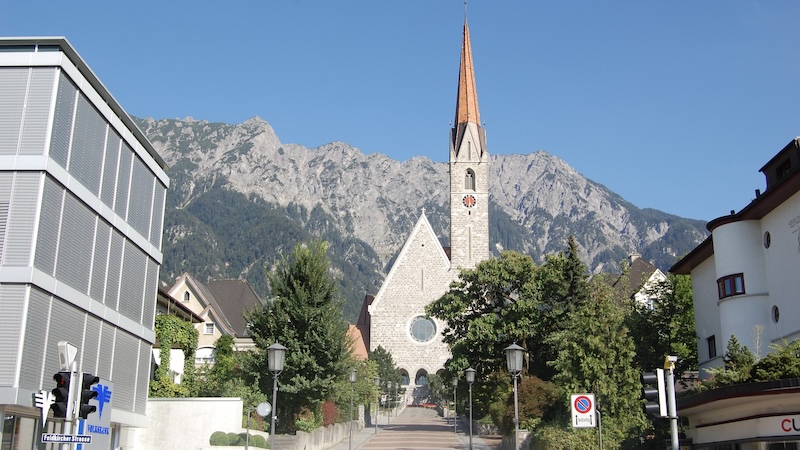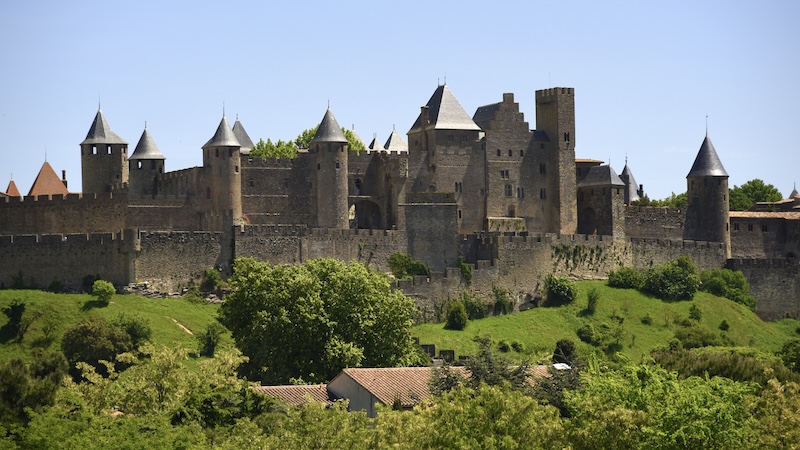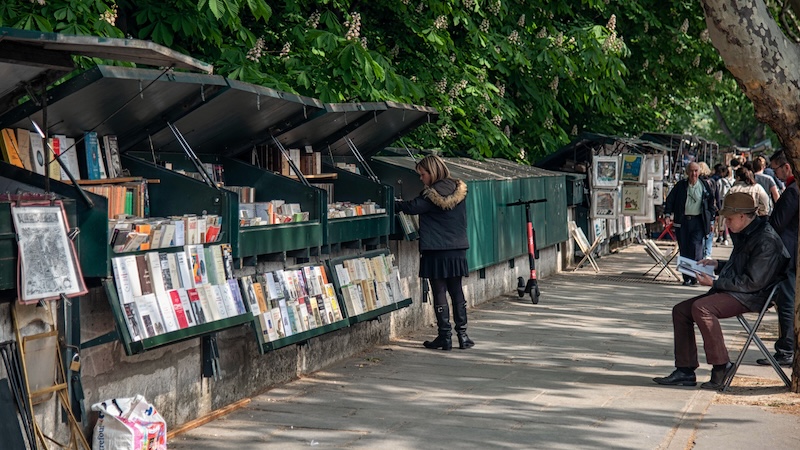Book Excerpt: Ray McAllister’s "The Pearl of the Outer Banks" on the The Ocracoke Light Station
One of the barrier islands' famous lighthouses

EXCERPTED FROM OCRACOKE: THE PEARL OF THE OUTER BANKS
Even now, it brings her a smile.
And breaks her heart.
Judy and David Latham were lovers of the Outer Banks who had been dating for three years. This was back at the dawn of the millennium. The Raleigh couple decided to bring in that momentous morning, Jan. 1, 2000, at the Cape Hatteras Lighthouse. They drove to a motel near the lighthouse on New Year’s Eve, then got up early. “We took our coffee out to the beach and watched the sunrise,” Judy remembers. “It was a crisp, crystal-clear day.”
Beautiful as it was, it was also Hatteras Island in the middle of winter. No place was open for breakfast. “So we decided to take the ferry to Ocracoke,” Judy says. The plan was to do some sightseeing for the day — and find food, of course.
Or so she thought.
“We eventually made our way to the [Ocracoke] lighthouse and were delighted to see it decorated for Christmas with a huge wreath with a red bow and garland, with more red bows along the white picket fence,” she says. Then came the bigger surprise. “We got down to the far end of the boardwalk, and David pulled out a little ring box. He opened it and said, ‘Well, will ya?’”
Well, she would, of course. Both were in their 50s and had been married once before. “That we would marry was never in doubt,” Judy says, “but that he chose this location still fills my heart.”
The lighthouse does that.
Nothing — not the ponies, not the pelicans, not the ferries, not the bicycles, not the harbor, not the British Cemetery, not the old Coast Guard station, not the museum, not Howard Street, not even Blackbeard himself — is more a symbol of Ocracoke than the island’s tiny lighthouse. Nor touches as many hearts.
At first, however, it may not be altogether clear why.
The Ocracoke Light Station, as it is officially known, is not a typical lighthouse. It is tucked away in a neighborhood, as a playground might be. It is so short — merely 75 feet in height — that trees obscure it from certain angles; visitors sometimes lose their way trying to find it.
Ocracoke’s icon is cone-shaped, too, rather than the more common cylindrical shape. A squat 25 feet wide at its base, it tapers upward to only 12 feet. Moreover, it is slightly lopsided, its top and lantern room off-center.
Who builds a lopsided lighthouse?
It doesn’t have an iconic design like its Outer Banks brethren either, despite being North Carolina’s oldest operating lighthouse. Cape Hatteras got the famed barber-pole stripe. Cape Lookout, the distinctive diamonds. Bodie Island, the striking horizontal stripes. Currituck, the classic red brick.
The Ocracoke lighthouse is merely whitewashed.
As if Tom Sawyer tricked some chums into painting it.
Yet it is a favorite spot — the favorite spot — on the island. Without fail, visitors go looking for the pearl-white structure, then smile when they find it. The lighthouse is photographed from all around the village, popping its head up from among the trees and the condos.
Ocracoke’s lighthouse, the second on the island, was finished in 1823. The 75-foot height was fine, since the light was mostly intended for the harbor, rather than the coast. The structure was all brick, five feet thick at the base and thinning to two feet near the top. It immediately got a stucco-type coating and the first of its countless pearl-white paint jobs. In the early days, keepers painted it with a whitewash prescribed by the United States Lighthouse Service; the recipe called for “half a bushel of unslaked lime with boiling water, a peck of salt, half a pound of powdered Spanish whiting, three pounds of ground rice put in boiling water and a pound of clear glue.” Light keepers were advised to apply it scalding hot.
After nearly two centuries, Ocracoke’s is the nation’s second-oldest lighthouse in continuous service, following only the Sandy Hook Lighthouse in New Jersey, built in 1764.The Ocracoke Light Station is now a National Historic Landmark.
It has long been an attraction for tourists. Asa Biggs, who took a torturous six-day boat trip from Williamston to Ocracoke in late October 1832, may have been one of the first. He wrote this November 1 entry in his journal: “This morning arose very much refreshed after breakfast [and] took a walk in company with Mrs. B., Mr. W. and M.R. to the lighthouse. Went up to the top, walked around the railing and looked at view. From this way can see all the island.”
The interior is now closed to the public, so the lighthouse no longer offers those stunning views. But its appeal to visitors has not waned.
David and Judy Latham, whose engagement blossomed at the base of the Ocracoke lighthouse on Jan. 1, 2000, did not have the long marriage for which they hoped. “We bought a house in March and married in May and happily planned for our retirement, spending half our time on the OBX and half hiking in the North Carolina mountains,” Judy says. Four years later, David died from pancreatic cancer.
Ocracoke is never far from her mind. “David had brought lovely Alan Cheek prints of the Ocracoke and Cape Hatteras lighthouses to our marriage. They hang in the place of honor in the great room,” she says. “I know he purposefully chose the Ocracoke lighthouse location to propose so that I would be reminded of our happy new-millennium engagement trip every day.”
CLIMBING: The Ocracoke Light Station is closed to climbing.
For information on the lighthouse, visit here.
As an Amazon Associate, Boomer Magazine earns from qualifying purchases from linked book titles.


